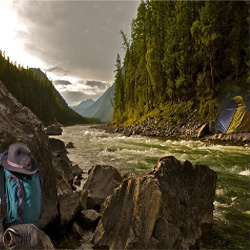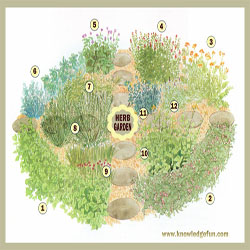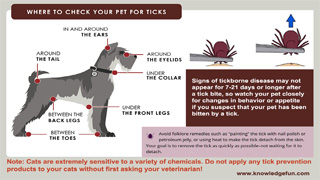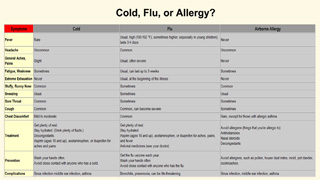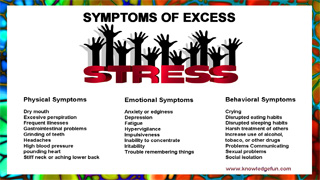When you are faced with an emergency, firs-aid kit and being organized will help you stay calm and handle any stressful situation.
It's easy to get distracted when you're having fun, and that's when injuries happen. If a person is cut or injured while out in the wild, encourage her/him not to panic.
Remember, if you or somebody else in your group experience an injury causing sudden pain and inflammation, use "RICE" (rest, ice, compression and elevation).
Here is a list of what every good kit should include:
- First-aid manual,
- Hand soap and hand sanitizer to wash and sanitize your hands before treating anyone,
- Emergency blanket,
- Thermometer,
- Scissors with rounded ends and a serrated edge for cutting bandages,
- Whistle,
- Hydrogen peroxide for cleaning wounds,
- Cotton balls to apply hydrogen peroxide,
- Fine tweezers for removing bee stingers or slivers,
- Alcoholic iodine solution to use as an antiseptic on minor wounds, cuts and scrapes,
- Gauze dressings (small, medium, and large) for applying to wounds,
- Waterproof adhesive tape to affix the dressings,
- Sterile gauze pads,
- Non-adherent gauze pads and dressings are ideal for open wounds, they keep the fabric from sticking to the wound (even as the wound heals),
- Bandages for smaller cuts,
- Adhesive bandages in various sizes and shapes to protect a small to medium sized wounds or scabs,
- Large triangular bandages to use as slings,
- Strip wound closures,
- Eye pads,
- Elastic bandage for compression when wrapping sprains,
- Disposable sterile splinter probes,
- Sunburn soothing product,
- Hot water bottle that can be used as either a heat or cold pack,
- Safety pins,
- Clear small vinyl bags or collection vials,
- Multi purpose vinyl gloves,
- Flashlight,
- Face masks,
- Basic non-prescription medications, including:
- An oral antihistamine (such as diphenhydramine or a non-sedating one such as desloratidine),
- An over-the-counter pain reliever such as ibuprofen and/or acetaminophen,
- An antinauseant to prevent or treat nausea and vomiting,
- Hydrocortisone cream to treat a variety of skin conditions (e.g., insect bites, poison oak/ivy, eczema, dermatitis, allergies, rash, and itching),
- Calamine lotion to relieve mild itchiness from sunburn, insect bites, poison ivy, poison oak, or other mild skin conditions
Note: For people with life threatening allergic reactions caused by insect bites or stings, foods, and other causes, always carry an epinephrine injector.
:: What You Should Know ::
If you haven't had a booster in the past 10 years (whatever your age), it is good idea to update your tetanus shots before leaving for vacation.
Some wounds may be serious enough to seek medical attention (e.g., extremely deep or won't stop bleeding). Less serious ones can be treated at home. All wounds should be treated instantly. The goal of treatment is to reduce the risk of infection and help speed the healing process.
Remember, rest is important to control bleeding.
If limb is injured, elevate the injured limb above the heart and apply direct pressure on the dressing to stop bleeding.
For burns, run cold water over the the wound and cover it with non-adherent gauze pad and dressings. If you don't have it, apply a cold compress and cover the burn with a clean dressing.
Note: if cuts or burns are serious, take the camper directly to the nearest hospital.
Cold compresses can help reduce swelling caused by bug bites.
If there is excessive redness and swelling caused by bug bite, try a non-prescription oral antihistamine.
If you know you were bitten by a tick and begin to have symptoms such as circular rash around the spot of the tick bite, fatigue, fever or chills, headache, muscle or joint pain, and swollen lymph nodes, visit a health care provider right away, you may be at risk of catching Lyme disease.
Note: When treated early, Lyme disease can be successfully treated with two to four weeks of antibiotics.




